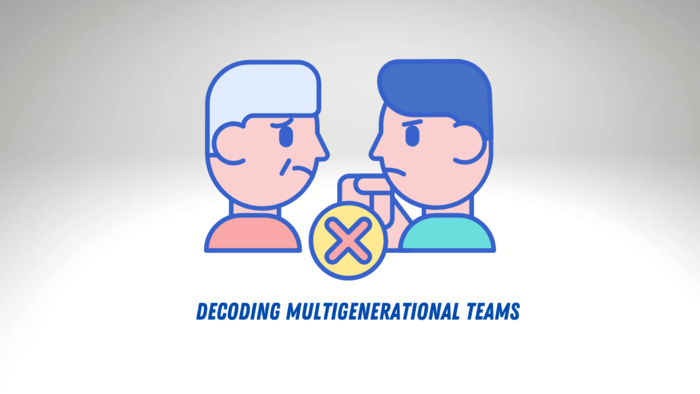The Integration of Diversity and Inclusion in Hiring Software
In recent years, the push for diversity and inclusion in the hiring process has become more important than ever. Companies are looking to create a workforce that represents a diverse range of backgrounds, experiences, and perspectives. The good news is that hiring software has taken notice of this need and has started to integrate diversity and inclusion into its functionality.
In this blog post, we'll explore how this integration is happening and what benefits it brings to the hiring process.
Removing Biases in the Hiring Process
One of the most important ways that hiring software is integrating diversity and inclusion is by removing biases in the hiring process. These biases can occur at any point in the process, from the job description to the interview stage. Hiring software can help by using machine learning algorithms to screen job descriptions for any gendered language or other potential biases. It can also anonymize resumes and applications to reduce the impact of unconscious biases. Ultimately, software can help ensure that the best candidates are selected based on their skills and experience, rather than any potential biases.
As an example the sourcing software HireEZ does the following to reduce bias;
Blind sourcing: This feature removes names, images, and other identifying information from candidate profiles, so that hiring managers can focus on skills and experience instead of personal characteristics.
Structured interviews: HireEZ provides a library of structured interview questions that can help to ensure that all candidates are asked the same questions in the same way. This can help to reduce unconscious bias and ensure that all candidates are evaluated fairly.
Enhancing Candidate Pool Diversity
Another way that hiring software is integrating diversity and inclusion is by enhancing the candidate pool diversity. Software can help to reach out to a diverse range of candidates through job boards, social media, and other digital marketing methods. It can also use data to analyze where the most diverse candidate pools are located and adjust recruitment strategies accordingly. In this way, hiring software can help companies reach a wider range of candidates and ultimately hire a more diverse workforce.
Evaluating Diversity Metrics
Hiring software can also help companies evaluate their diversity metrics, which is an important aspect of fostering a diverse and inclusive workplace. Through data and analytics, software can track diversity metrics like age, gender, ethnicity, and other factors. This data can then be used to identify areas where additional efforts may be needed to support diversity and inclusion. Using these metrics, companies can better understand where their diversity efforts are making an impact, and where they may need to make improvements.
Hiring software typically measures diversity metrics by tracking the following data:
Candidate demographics: This includes information such as gender, race, ethnicity, age, and veteran status. This data can be collected through self-identification forms or through third-party data providers.
Hiring funnel: This tracks the progress of candidates through the hiring process, from application to offer. This data can be used to identify any points in the process where diverse candidates are dropping out.
Hiring outcomes: This tracks the demographics of candidates who are hired, promoted, and terminated. This data can be used to identify any patterns of bias in hiring decisions.
Employee engagement: This measures the satisfaction and engagement of employees from different demographic groups. This data can be used to identify any areas where the company can improve its diversity and inclusion efforts.
In addition to tracking these data points, hiring software can also use artificial intelligence (AI) to identify and reduce bias in the hiring process. For example, AI can be used to flag job descriptions that contain biased language or to identify candidates who are being overlooked due to their demographics.
Promoting Diversity and Inclusion Culture
Finally, hiring software can help promote a culture of diversity and inclusion. Software can provide training and resources for hiring managers and recruiters on how to avoid biases in the hiring process. This training can help ensure that everyone involved in the process is aware of the importance of diversity, and is committed to creating a more inclusive workplace. In addition, hiring software can also offer surveys to candidates to collect feedback on their experience with the hiring process, so that improvements can be made to foster a culture of diversity and inclusion.
It is clear that hiring software has a critical role to play in fostering diversity and inclusion in the workplace. From removing biases in the hiring process to promoting a culture of diversity and inclusion, software can help ensure that companies are hiring the best candidates from a diverse and qualified pool. Ultimately, companies that prioritize diversity and inclusion will benefit from a more engaged, innovative, and productive workforce. By integrating diversity and inclusion into hiring software, we can take important steps towards creating a more equitable and inclusive workplace for all.














